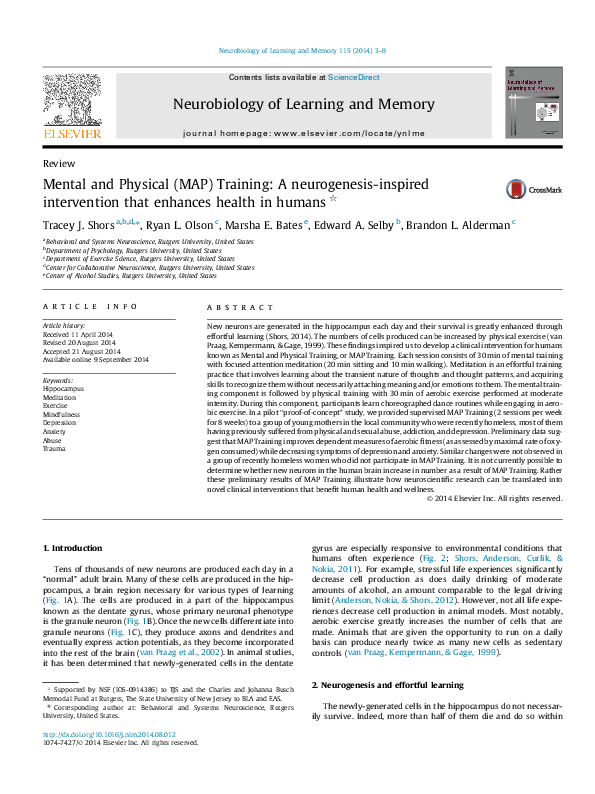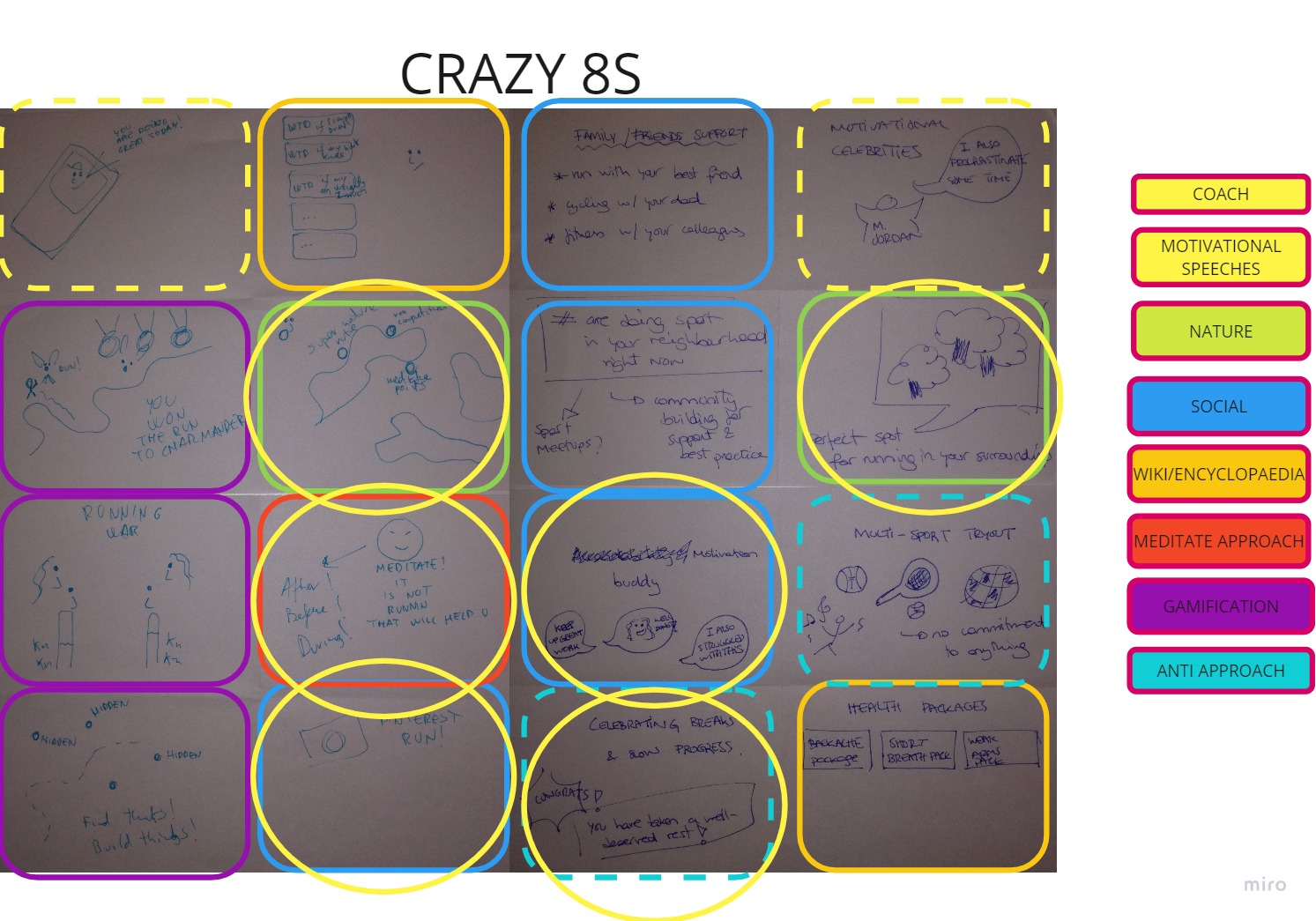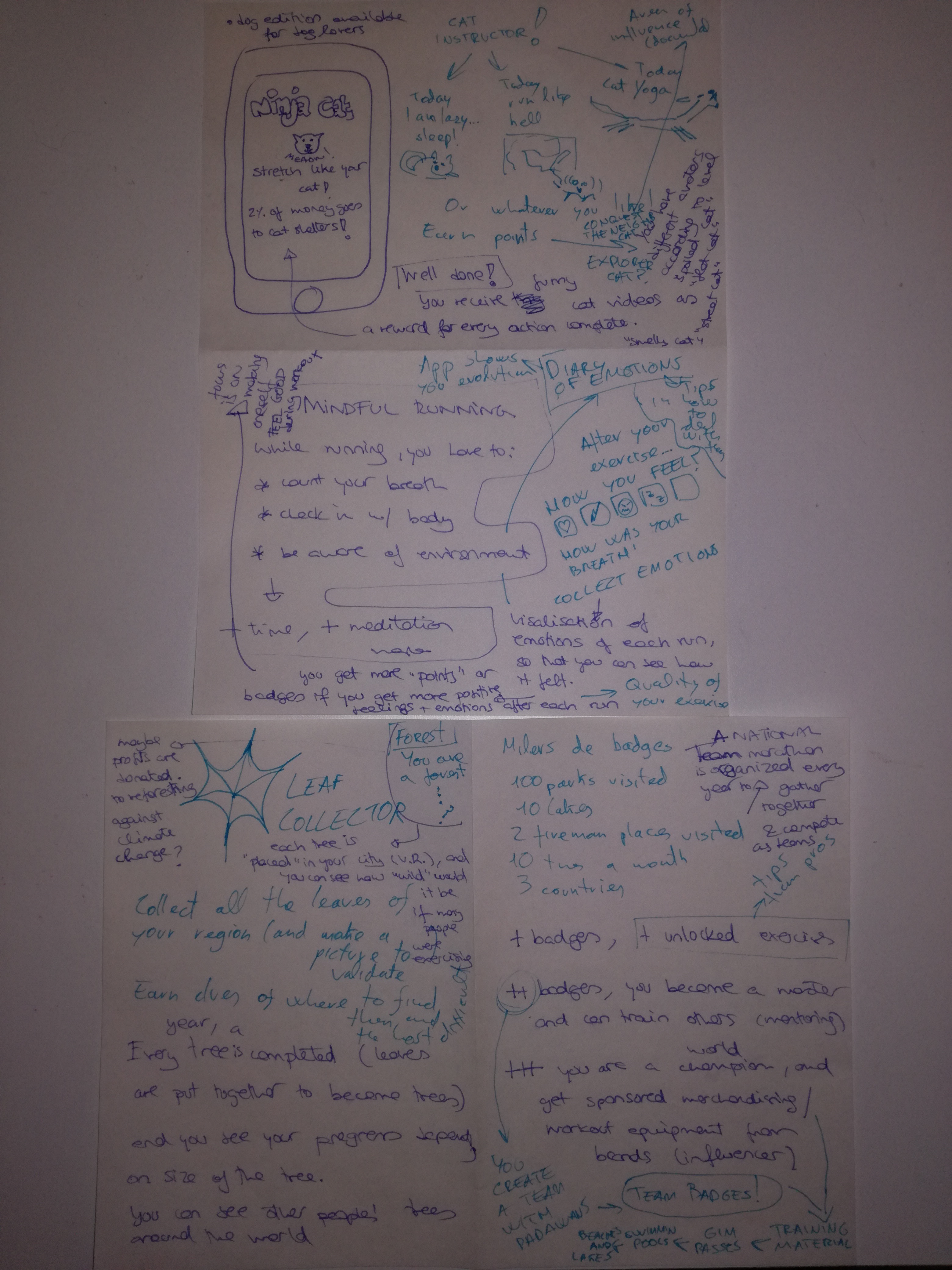
Design
When one thinks about healthier life, the first image that comes to your mind is a fibrous middle-age person running at sunrise, one his/her way to have a smoothie for breakfast after a rewarding well-done piece of lifestyle. In real life, it is not that easy to make this idyllic image real. And it is not because of lack of trying, but schedules, injuries, bad shape, and lack of will create a big monster that keeps us in our coach.
So, what keeps us from running, or exercising? If I wanted to succeed I needed to have answers to that question.
" Reimagine how people can adopt and maintain a routine that enhances their well-being (focused in any category). It should track the user's progress and push them to commit to a healthier lifestyle. UI should reflect a fresh, updated image."
In this project it was very important to focus on the research. In the last few years there has been a huge increase in apps for healthcare. Finding a niche and not ending up designing something that already exists was already a challenge.
While starting the desk research, I came across with a paper study about MAP training. According to this study, combining meditation and aerobic exercise reduces depression and rumination while enhancing synchronized brain activity. It is a win-win situation. On the other hand, I read several articles related to mindful running. Mindful running is about being mentally connected within your movement and not being distracted. Not distracted by other people, your thoughts, noise, technology, or cultural and social pressures. These two ideas were only a vague direction in the beginning, but what if I could find the answer to my question there? I decided to ask the possible users. For that I created the next research strategy:


Out of my broad affinity diagram I was able to find many trends, different pain points of different user types. The one that was connecting more directly with both the original challenge and my original question was the persistent feeling of failure that the people that are not able to build a habit around sport experience. The lack of motivation, in this case, acts like a loop:
Pressure is the key word here. Not-sporty people feel pressure when they try to become sporty. The current approach of the sport apps is also not helping: goals. It doesn’t matter if they are mileage targets, heart rate zones, average paces and daily step totals. They give goals, when this user type needs guidance and preparation for failure (as part of the habit-construction process).
I took a “How might we” as a problem statement for my challenge, a more refined question than the original one:
“How might we motivate people to start exercising, or improving it, without feeling pushed?”
The following hypothesis statement was shedding more light in the direction of the project:
“We believe that motivating the user and avoiding rigid and pushy methods for people that are not used to exercise will achieve a better scenario for them for creating a habit. We will know this is true when we see users sticking to the app and to its method.”
Some other guidelines came from the research, and I created the following MOSCOW, that constituted my compass for the ideation stage.
The ideating sessions were completely dominated from the idea of integrating meditation as part of the process, in order to both improve the training results and give the users a more immediate improvement of their well-being. This seemed to be a good way of funneling motivation.
MAP training, also, because of its nature, was in the middle of the board because it was not focusing on goals, was focusing on well-being and on how to overcome the problems, allowing the “failure” in the process as part of it.
Lastly, the fact that my possible users were going to be beginners in the sport world, it should be something inviting, guiding, easygoing.


The "tree idea" was something that came from multiple ideas. Since the beginning of the research, a lot of people were connecting running with nature, and well-being with nature. It made sense to integrate the idea. The basic idea is as follows.
The app is a connection between the user and a coach. The prototype is going to be based on the user side. On the coach side it should be more like a dashboard of clients. The user uses the app when they want to exercise (being it running, cycling or hiking). Any time that they exercise, the app follows the next structure:
Eventually, the user will create a forest out of every tree generated (“Bosc” means forest in catalan). He/She can track his/her evolution by looking at that forest, that eventually would be a visualization of its relation and feelings towards exercising.
All the guiding/motivational videos the user is going to receive before and after each exercise are going to be based on his/her performance, since the data about every exercise is going to be analysed by a coach on the other end. This way every step of the habit construction is going to be tailored for the user's needs.
Also, there would be a “routes” section, that would perform some selected routes in the nature close to the user, explaining the route, highlights, sights,etc.
The three keys for the prototype are:
Since the research part took so long (almost three of the four weeks available), the next steps had to be fast. I jumped directly to mid-fi to have a clear mind of the structure and the position of the elements on the screen. I elaborated a moodboard, trying to pick natural colors, with greens and yellows, and also some organic font and some beautiful illustrations as base.
Though all this ideas helped me in the consecution of the final prototype, I had to do some important decisions for the final design:
This was the final prototype.
The next steps for Bosc would be: